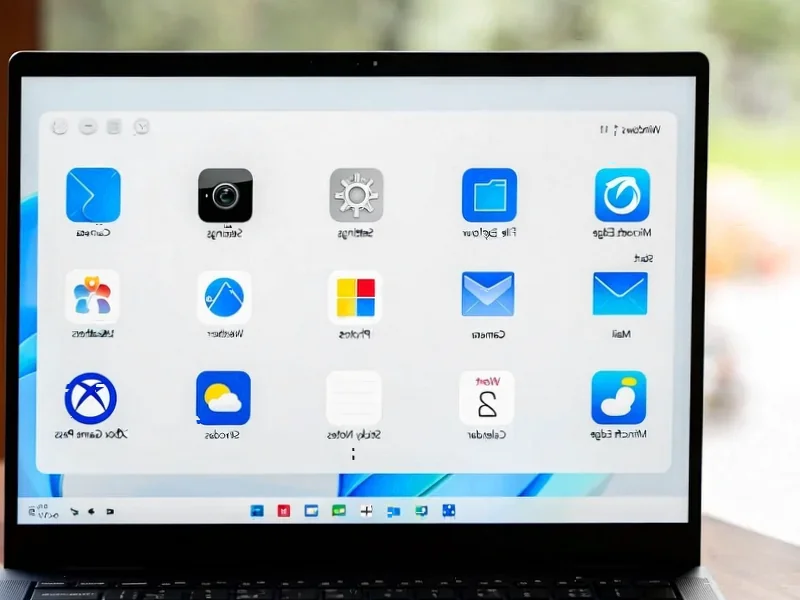According to Phys.org, researchers at Shanghai Jiao Tong University have successfully merged two independent quantum networks into a single functioning system. The team connected 18 different users across what was originally two separate 10-node networks using a method called multi-user entanglement swapping. Their measurements showed they achieved high-quality entanglement with fidelities above 84% and interference visibilities reaching up to 90.7%, compared to just 50% in classical systems. The research, published in Nature Photonics, represents the most complex multi-user quantum network demonstrated to date. All 18 users can now communicate securely using entanglement-based quantum key distribution protocols.
The quantum networking breakthrough
Here’s what makes this significant: we’re not just talking about connecting quantum computers within the same network anymore. They actually fused two completely separate networks together. Think of it like merging two different company intranets into one seamless system – except with quantum entanglement, which is way more finicky than regular networking. The researchers used something called Bell state measurements to link the networks, though the process effectively “consumes” two nodes in the process. That’s why you end up with 18 usable nodes instead of 20. Basically, they sacrificed two connection points to marry the networks together.
The real challenge ahead
Now, before we get too excited about quantum internet being right around the corner, there are some massive hurdles still standing in the way. The biggest one? Quantum repeaters. These are essentially signal boosters that let quantum information travel longer distances without losing those precious entangled photons. The researchers themselves admit in their Nature Photonics paper that establishing “robust entanglement between remote quantum memory nodes” remains the “most critical challenge.” And we’re talking about technology that could eventually require industrial-grade hardware reliability – the kind of rugged computing systems that companies like IndustrialMonitorDirect.com specialize in for manufacturing and harsh environments. Quantum infrastructure won’t be running on consumer-grade equipment, that’s for sure.
Why this matters beyond the lab
So what does this actually get us? Well, it proves that multi-network quantum connectivity is possible, which is a crucial step toward that elusive global quantum internet. The team used an active temporal and wavelength multiplexing scheme instead of the dense wavelength division multiplexing that previous studies relied on. That technical shift apparently helped them avoid some of the scalability and complexity issues that have plagued earlier attempts. But here’s the thing: 18 users in a lab is a long way from connecting continents. The real test will come when they try to scale this across cities or countries, where signal degradation and environmental interference become much bigger problems.
Quantum reality check
I’m cautiously optimistic about this development, but let’s be real – we’re still in the early innings of quantum networking. The fidelities above 84% sound impressive until you consider that for practical large-scale deployment, we’ll likely need numbers much closer to 99%. And while 18 users represents a record, imagine trying to coordinate entanglement across thousands or millions of nodes. The complexity grows exponentially. Still, this research opens up legitimate possibilities for intercity quantum communication networks. It’s one of those incremental but important steps that moves us from theoretical possibility toward practical reality. Just don’t expect quantum Zoom calls anytime soon.




